The amount of protein in insects is equivalent to pork, beef, and chicken, but it is less expensive to raise and causes less environmental pollution. Although it is beneficial, do people dare to eat it?
In the early 60s of the last century, in the last months of the year, there were a lot of crickets flying out of Tan Dinh area (Saigon). I followed some drinkers to catch crickets, gut them, stuff peanuts in their bellies and fry them as bait.
Adults trick children into eating crickets to grow up quickly. I wanted to be an adult so I closed my eyes and ate it, chewed it a little and swallowed it. It felt fatty, rich and… scary!

Insect dishes are sold to tourists in Phnom Penh (Cambodia). Photo: TTD
More than half a century later, the Food and Agriculture Organization (FAO) of the United Nations called on the world to eat insects because of their nutritional properties. The feeling of "fat, rich and scary" naturally revived...

Hunting for crickets like me is no big deal. Women in Cameroon (Africa) harvest beetle larvae professionally.
They put their ears to the palm tree to listen to the clicking of the larvae to guess how "ripe" they are. Larvae nearing the hatching stage are the tastiest and most fatty.

Only about 1 million of the 1.4 million animal species on earth have been identified. An estimated 100,000 insect species contribute to the survival of plants by pollinating them.
Only a very small number (no more than 0.1%) such as flies, mosquitoes, termites, moths... cause nuisance to humans.

Ants also have wings, belonging to the order hymenoptera (membrane wings). This definition is general, only relative.
In terms of food, insects are opportunistic, in other words, omnivorous.
That's why people call them "insects". They eat flowers, leaves, grass, pollen, nectar... and even other insects, depending on whether their jaw structure is favorable or not.
The lower class eats organic waste, manure, compost, blood, pus, garbage... Bees, butterflies, flies and mosquitoes eat more "politely", they use a straw (siphon) to suck up food.
In 2013, the FAO officially called for people to eat insects for food security reasons. The world population is estimated to be around 9 billion by 2050, and the resources that produce food (land, rivers, seas, forests...) will be a great pressure, including the environment.
Poor country, no meat to eat! Therefore, FAO emphasizes that the abundant protein source in insects will be the solution to the problem of malnutrition.

In general, eating insect protein, converting it into human protein is not too bad, if not to say pigs and cows also have to respect it.
The protein content in insects varies depending on the stage of development. The larval stage is lower than the adult stage. Not to mention that the protein in insects has many essential amino acids such as lysine, threonine, tryptophan, etc.

Tourists buy insect dishes in Phnom Penh (Cambodia). Photo: TTD
Essential fats (which the human body cannot synthesize) such as omega-3 and omega-6 are also abundant in insects. Minerals, especially iron and zinc, are quite abundant. Vitamins are also abundant, such as B1, B2, B12, A, E...

There are millions of species of insects, but only about 2,000 species of insects are listed as edible by the people.
According to FAO documents, more than 30% are beetles (Coleoptera) such as ladybugs and dung beetles, followed by insects of the order Lepidoptera such as butterflies accounting for 18%, and Hymenoptera such as wasps and ants accounting for 14%. Insects are often harvested from the wild.

Raising insects as a food is an exciting new venture. To produce the same amount of protein, crickets require six times less feed than cows, four times less feed than sheep, and twice as much feed as pigs and chickens.
Not to mention that insects are opportunistic eaters as mentioned above. Omnivores grow quickly, raising cows, pigs, and chickens takes several months to a year, but insects only need several weeks to a month.
It is also easy to raise because raising insects releases much less greenhouse gases and ammonia than raising cows, pigs, chickens, etc.
Nutritious, cheap, and an environmental problem solver, no wonder the FAO encourages people to eat insects. Scared? Then raise insects as animal feed.
More advanced is to raise insects to extract protein. Either way, they end up in human stomachs, directly or indirectly. FAO is trying to promote this in the media.
Insect feed and housing conditions are factors monitored by regulatory authorities because they influence microbiological and toxin risks.

Finished products brought to market must also comply with food safety regulations such as sterilization, packaging and preservation.
Nearly 2,000 species of insects are edible, but only a few dozen are approved by safety agencies in each country. The list is growing.

Recently, the Singapore Food Agency (SFA) has allowed 16 types of insects such as crickets, silkworm pupae, grasshoppers, etc. to be used as food for humans.

The other day, I went to a restaurant for lunch in Saigon and saw a dish of silkworm pupae stir-fried with green onions. Silkworm pupae are insects in the final stage before turning into butterflies, so they are very fatty and delicious. I remember when I was a kid, I sometimes ate this dish, so I ordered the pupae. My friend turned pale, even though at home she is a skilled chicken cutter.
But when it comes to eating insects, many Vietnamese people are still allergic. The safety barrier to eating insects is insignificant compared to the cultural barrier.
In underdeveloped countries like Africa, insects are quite a popular dish. There are some dishes that just hearing the name makes you shiver, such as fried termites, fried mosquito cakes (similar to fried shrimp cakes), each cake has half a million mosquitoes.
In Cambodia, insect dishes are commonly sold in many markets, including fried spiders.
These are dishes of the "whole" type.
Westerners and women look at it with horror. A food processor in Europe and America is enthusiastically starting to change. They put into the market all kinds of insect powders such as cricket powder, grasshopper powder, locust powder... with "instructions for use" for cooks to make pudding, chocolate cake...

Westerners are afraid of our fish sauce and shrimp paste. On the contrary, many Western cheeses make us run away when we smell them. Taste is something that is hard to argue about. Traditional cuisine must have something good to be passed down for hundreds of years.
Aren't stir-fried silkworm pupae with onions or coconut worms with tamarind sauce traditional dishes? Civilized people have shunned and rejected those rustic dishes, but now they seek them out for nutritional and environmental reasons.
Who knows, maybe one day, eating insects will become a trend, and marketers will "promote" insects as a "healing" food.
When it comes to nutrition, people often emphasize the healthy protein benefits of insects, but forget one thing: Insects are rich in protein but very low in carbohydrates.
This dish is both rich and delicious, and suitable for ladies on a diet to lose weight. Do you dare?
-------------------------------------------------------------------------------------
VU THE THANH
Source: https://tuoitre.vn/mon-con-trung-bep-nuc-ngay-cang-sang-tao-20240729065127622.htm







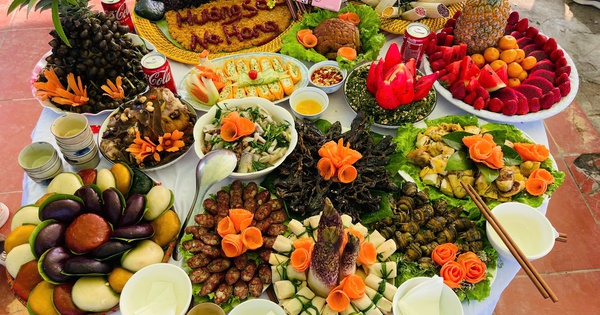
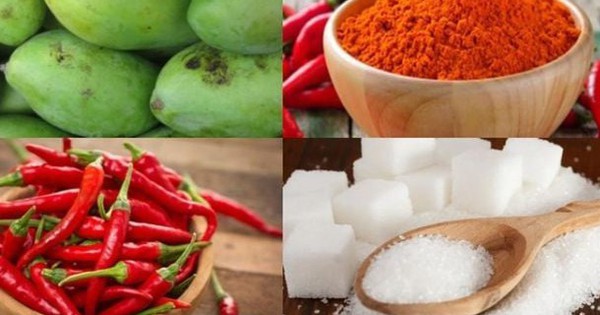
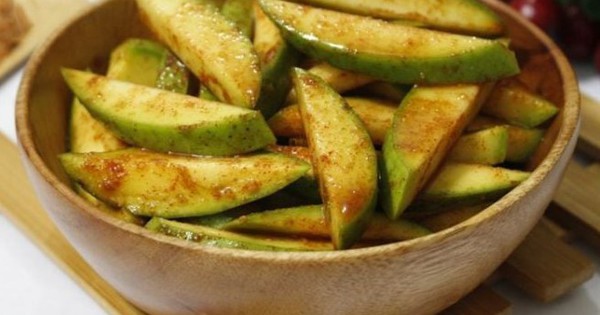
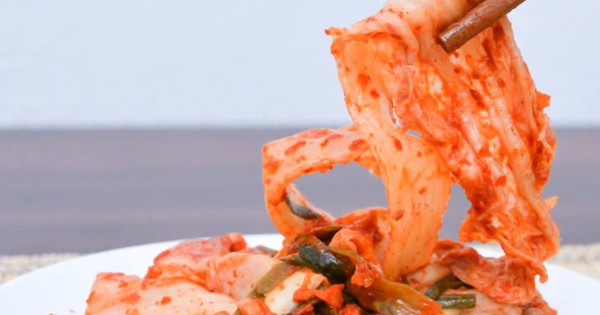



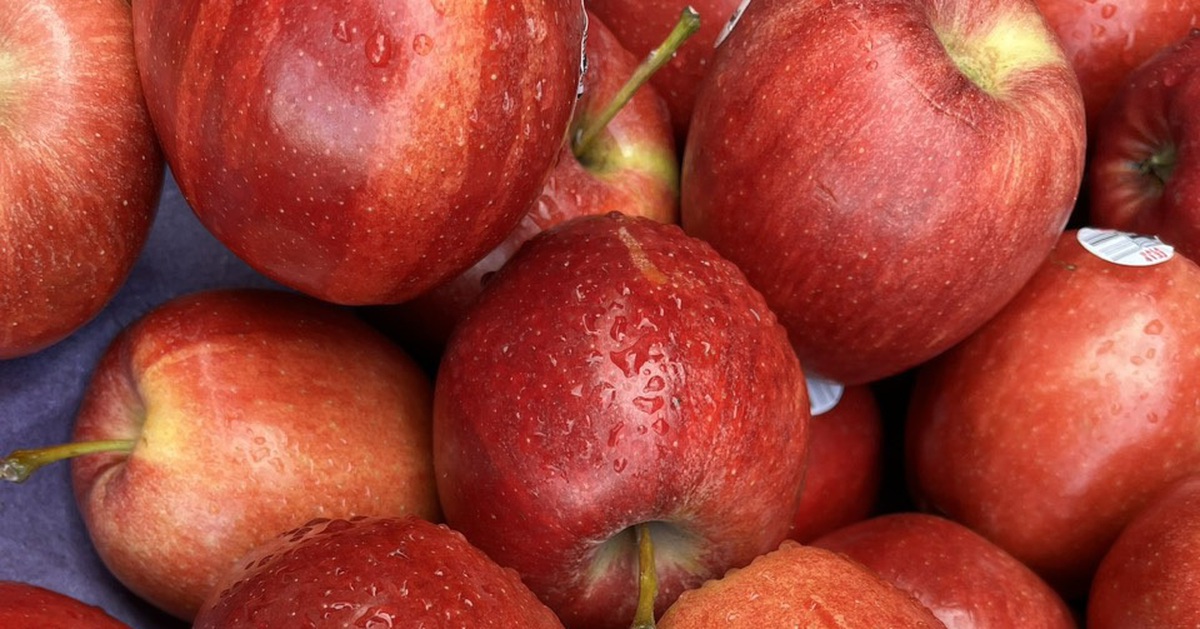











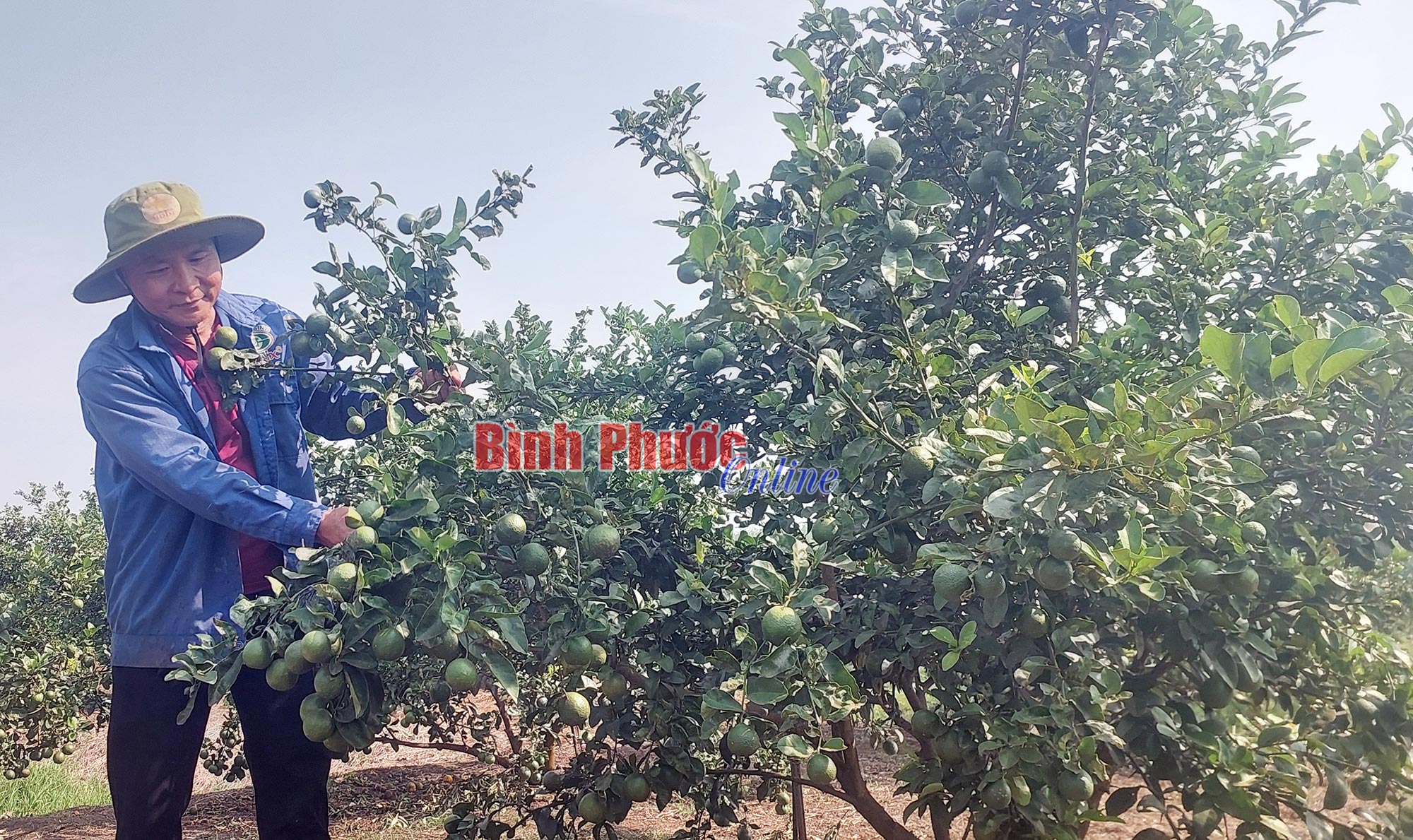




Comment (0)